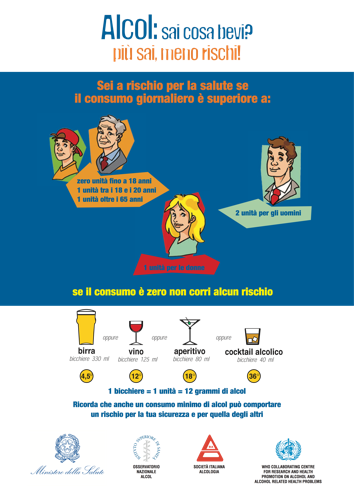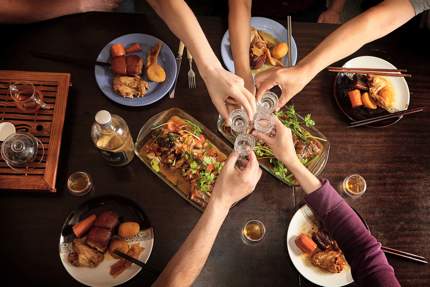As alcohol consumption is associated with various health risks, governments around the world have raced to create guidelines and encourage moderate drinking
A few years ago the recommended alcohol guidelines in the UK were brought down: instead of 21 units (168g) per week, men were advised to stick to 14 units (112g). The main reason stated was health, as drinking had been linked to increased risk of cancer, and the new limit reduced the risk to approximately 1% or less. However, if the idea of only seven pints of beer per week is a sobering thought, then fear not. Every country has their own guidelines, ranging from draconian to almost non-existent, and it all depends on where you go.
Luxembourg
Luxembourg is an odd one. It has one of the lowest minimum drinking ages in Europe (16 years old), but the government’s website also asserts that young people (16 to 18 years old) must exercise self-control and should only consume a reasonable amount of alcohol occasionally. Other guidelines include having one glass of beer or wine a day for women and two glasses of beer or wine a day for men, and recommending everyone to abstain from alcohol at least two to three days a week. With so many guidelines on alcohol consumption, it is a wonder that the Luxembourgers even drink at all.
Italy
The Italians, known for their appreciation of la dolce vita, used to have a much more relaxed attitude towards drinking than other European countries. However, now the government is also encouraging two units a day for men and one unit for women. Despite the colourful posters about moderate alcohol consumption that have been put up all over the country, many Italian men still enjoy a couple of Proseccos every day, before knocking back half a bottle of Chianti with dinner. Saluti!

Belarus
The alcohol consumption guidelines are slim to non-existent in Belarus, and this might explain why for several years now Belarus has held the dubious honour of being the country with the highest alcohol consumption per capita, averaging 17.50 litres of pure alcohol per adult per year. With 1.89% of the population considered alcoholics or suffering from alcoholic psychosis, the government has been planning (for a while now) to increase the drinking age from 18 to 20 or 21 years old, as well as introducing alcohol sales ban at night. At present though, you can easily get alcohol from shops and kiosks at any hour and drink to your heart’s content.

Romania
Alcohol is cheap and easy to get hold of in Romania, and most households tend to make their own drinks and share them with pride. The government guidelines on alcohol are also pretty lax, coming in 32-40g a day for men and 14-20g a day for women. However, Romanians tend to drink a lot more than the recommended usage, with a recent study published in The Lancet showed that Romanian consume 8.2 drinks a day on the average. If they keep this trend up, they may finally be able to take the crown of highest alcohol consumption from Belarus. While getting drunk is common, driving under the influence is certainly not: the country has a very strict drink driving law, with a 0.0g limit. If you’re caught drink driving, you risk a hefty fine and the loss of your license for 90 days.
China
When it comes to alcohol consumption, the Chinese government recommends 25g a day for men and 15g a day for women. However, an article from the Chinese Nutrition Society quoted that daily alcohol consumption was actually 32g on the average among adults. Somewhat bizarrely, it went on to compare that milk consumption (at 24.7g) was actually lower than alcohol consumption – but that should come as no surprise, as a large percentage of Chinese is lactose-intolerant.

Clearly, drinking to excess every day of the week isn’t a great call, but what constitutes as ‘too much’ remains a vexing question.
If you liked this article, then take a look at:






